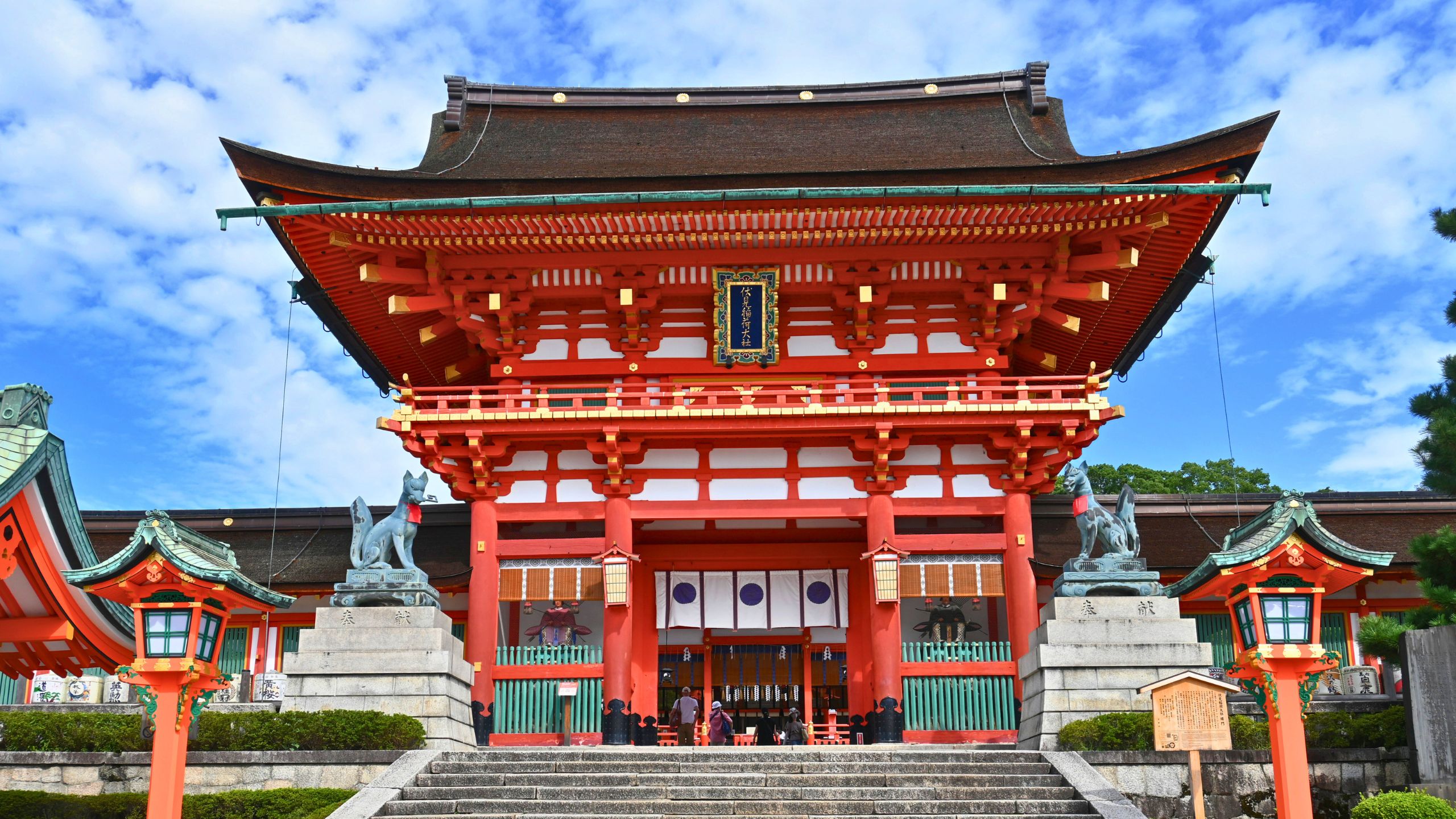Overview
Fushimi Inari Taisha is one of Kyoto’s most famous and visited shrines. Dedicated to Inari, the Shinto deity of rice, prosperity, and business success, the shrine is known for its thousands of vermilion torii gates that form mesmerizing tunnels through the forested Mount Inari. Founded in 711 AD, it has been a place of worship for over a thousand years. The fox, believed to be Inari’s messenger, is a prominent symbol at the shrine, often depicted holding a key to a rice granary. A visit to Fushimi Inari is not just a spiritual journey but also a visual spectacle that immerses you in the rich cultural heritage of Japan.
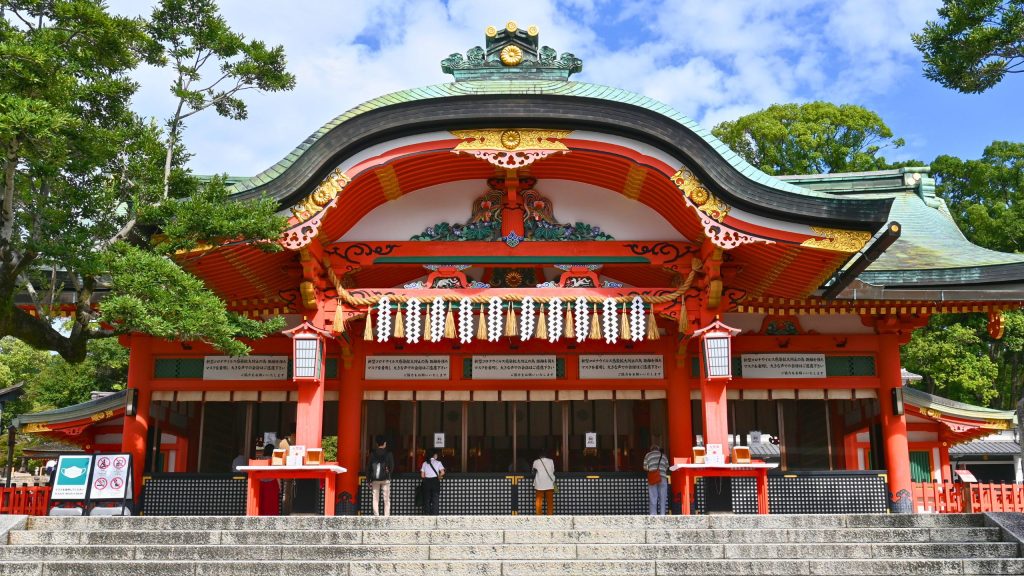
A Tunnel of Vermilion Gates
One of Fushimi Inari’s most iconic sights is the Senbon Torii, meaning “a thousand torii gates.” These vibrant vermilion gates, donated by worshippers, create a breathtaking tunnel that winds up Mount Inari. Walking through them is like stepping into another world, with sunlight filtering through the gaps, casting magical shadows. The torii gates symbolize a passage between the physical and spiritual worlds, guiding visitors on a sacred journey. While the initial sections are crowded, the path becomes more serene as you ascend, offering a peaceful retreat from the bustling city below.
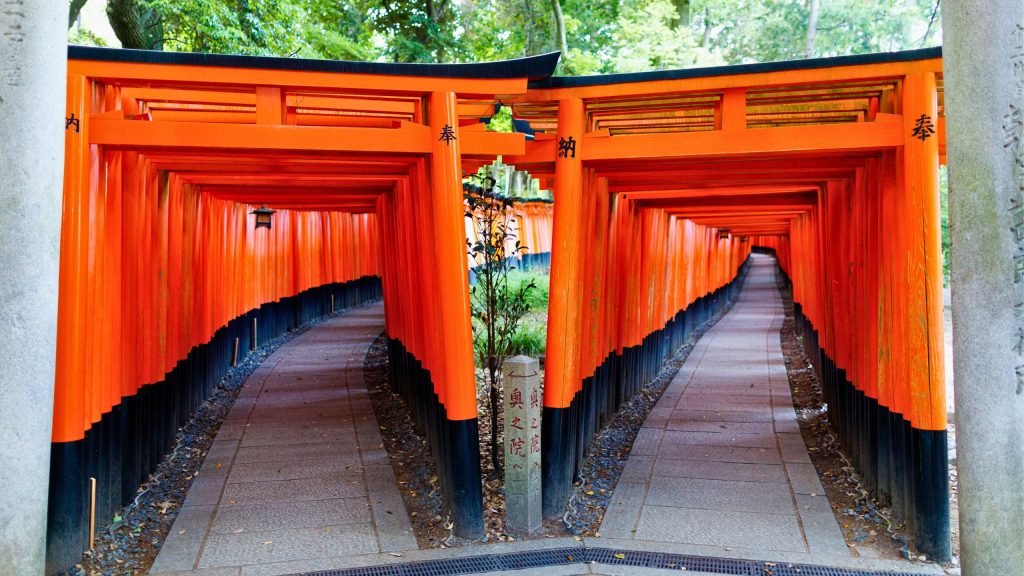
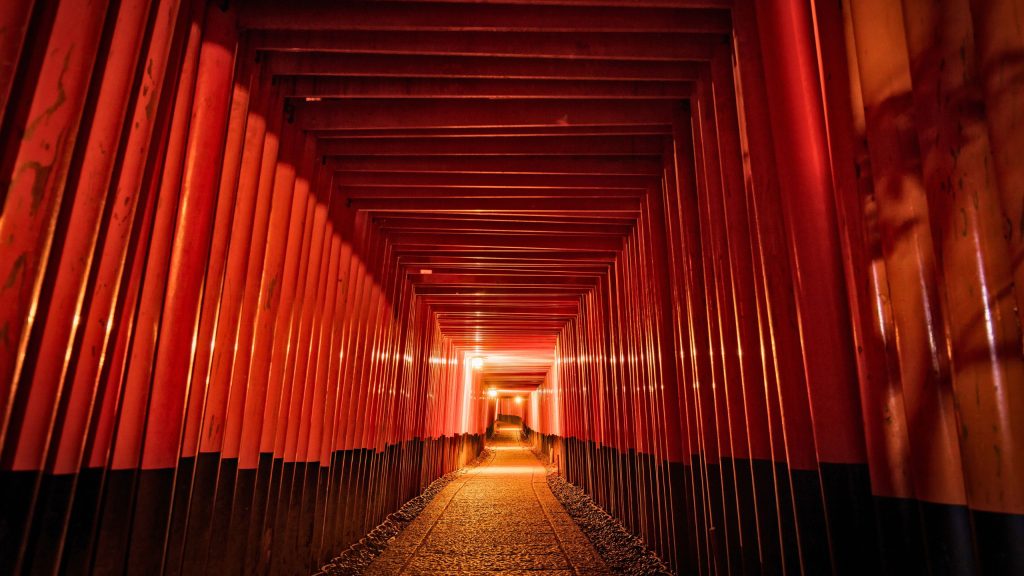
A Shrine with a Thousand Faces
Unlike other shrines with a single main hall, Fushimi Inari Taisha’s complex spreads across multiple shrines and trails. The main hall (honden) features elegant traditional architecture, while smaller shrines dedicated to various deities are scattered along the mountain paths. The fox statues with different expressions add a unique charm, symbolizing protection and wisdom. As you climb higher, you’ll discover hidden sanctuaries, peaceful rest areas, and breathtaking panoramic views of Kyoto. The combination of natural beauty and spiritual significance makes this shrine a place of endless discovery.
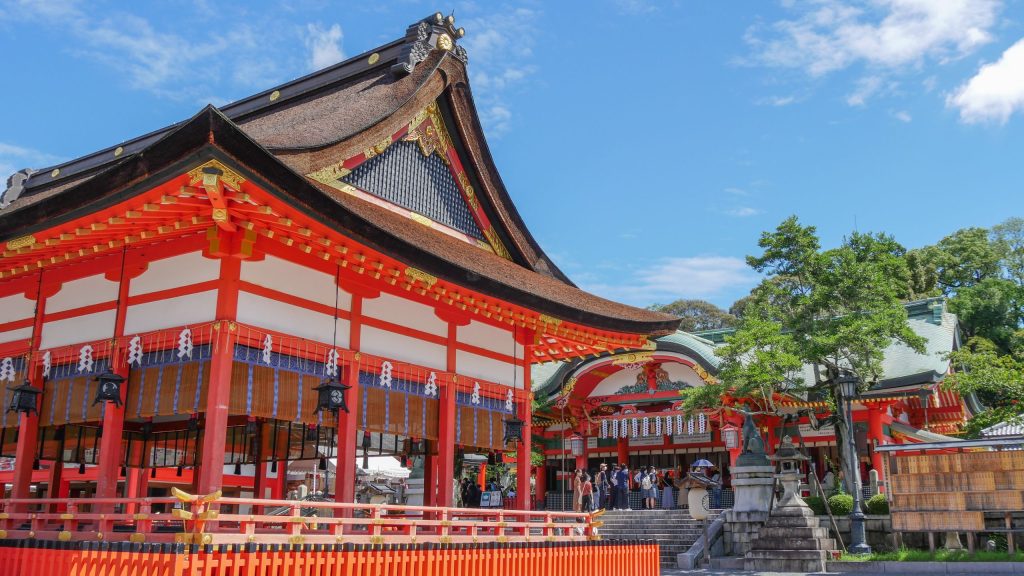
A Legacy of Over 1,300 Years
Fushimi Inari Taisha was founded in 711 AD by the Hata clan, making it one of the oldest Shinto shrines in Japan. Originally, it was a site for agricultural prayers, but during the Edo period, it became popular among merchants seeking business prosperity. The tradition of donating torii gates began centuries ago and continues today. The shrine survived wars and natural disasters, remaining a symbol of resilience and devotion. Its long history is a testament to the deep-rooted cultural and spiritual beliefs of Japan.
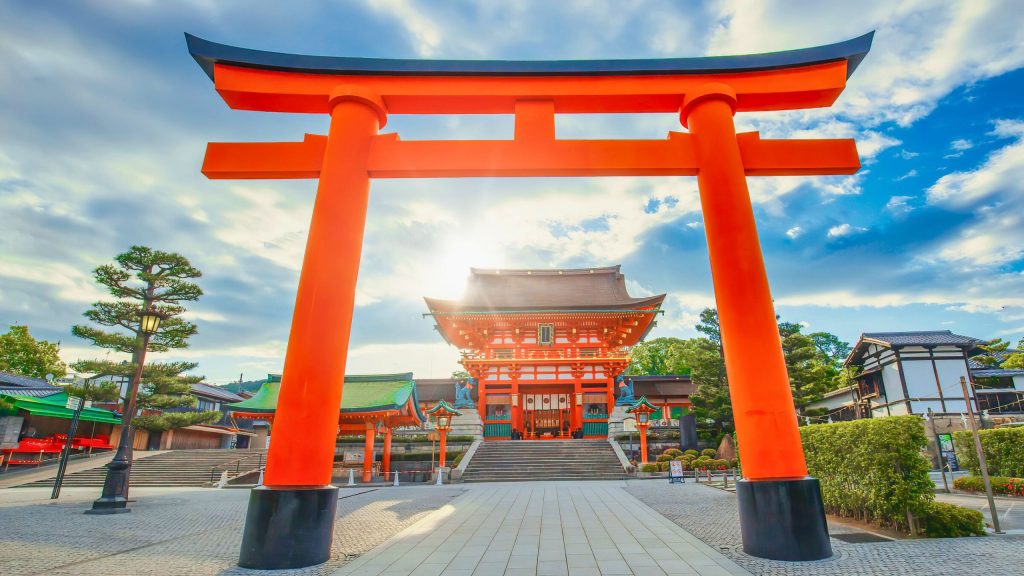
Annual Festivals
Fushimi Inari hosts several traditional events throughout the year, attracting both locals and tourists.
- Hatsu-mode
First shrine visit of the year, drawing millions of visitors. - Setsubun Festival
A lively event with bean-throwing ceremonies to ward off evil. - Motomiya-sai
A summer festival featuring night illuminations. - Inari Matsuri
One of Kyoto’s major autumn festivals, with vibrant processions.
Local Delights & Souvenirs
Fushimi Inari is not only a spiritual destination but also a food lover’s paradise.
- Inari Sushi
Sushi rice wrapped in sweet tofu, inspired by the shrine’s foxes.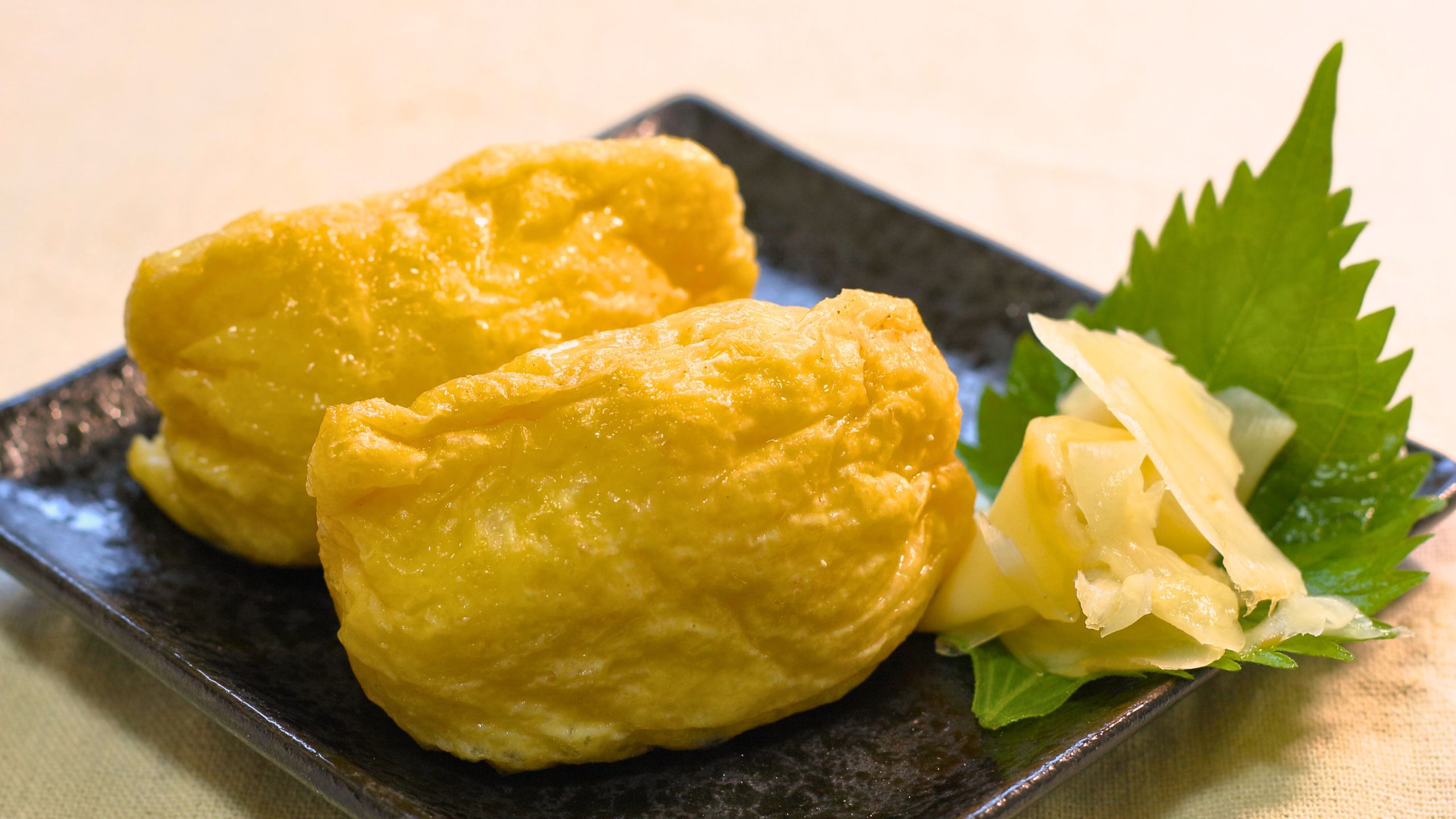
- Yakitori & Grilled Quail
Popular street food near the entrance.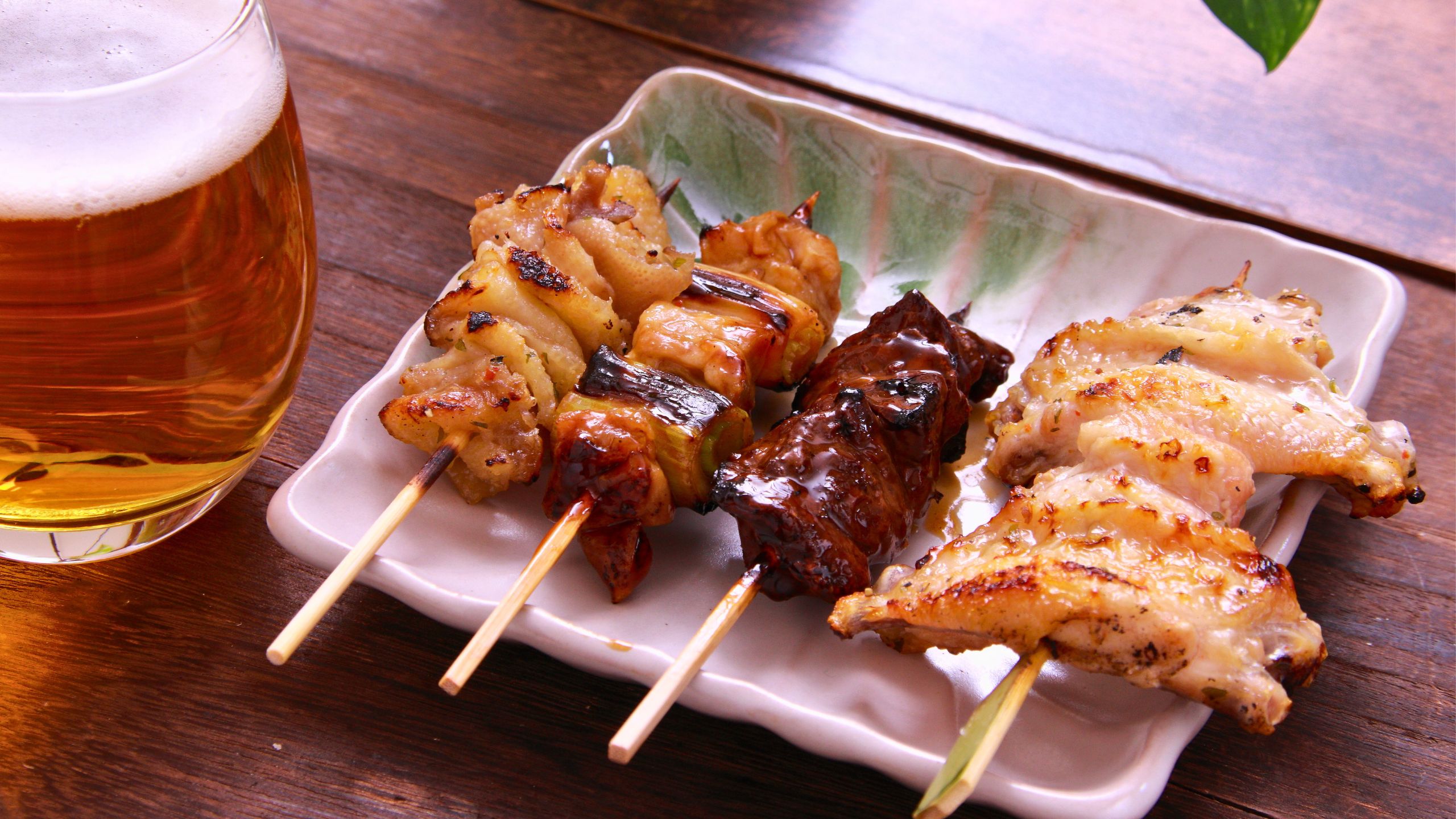
- Torii-shaped Cookies
A unique souvenir symbolizing the famous gates. - Fushimi Sake
Kyoto’s renowned sake, perfect for a souvenir.
Access
- By Train
JR Inari Station (2 min from Kyoto Station) or Keihan Fushimi-Inari Station. - By Bus
Kyoto City Bus from major attractions. - By Car
Limited parking available, so public transport is recommended.
68 Yabunouchi-cho, Fukakusa, Fushimi-ku, Kyoto City,
Kyoto Prefecture, 612-0882, Japan

